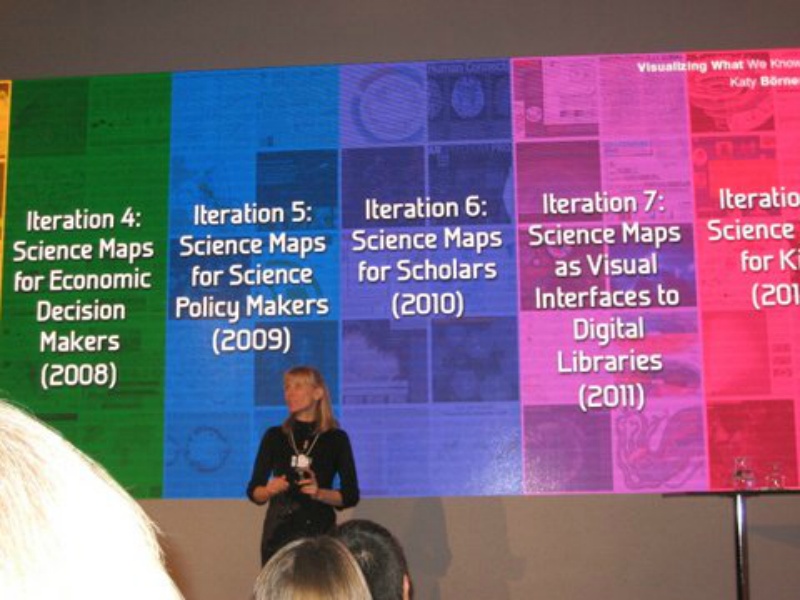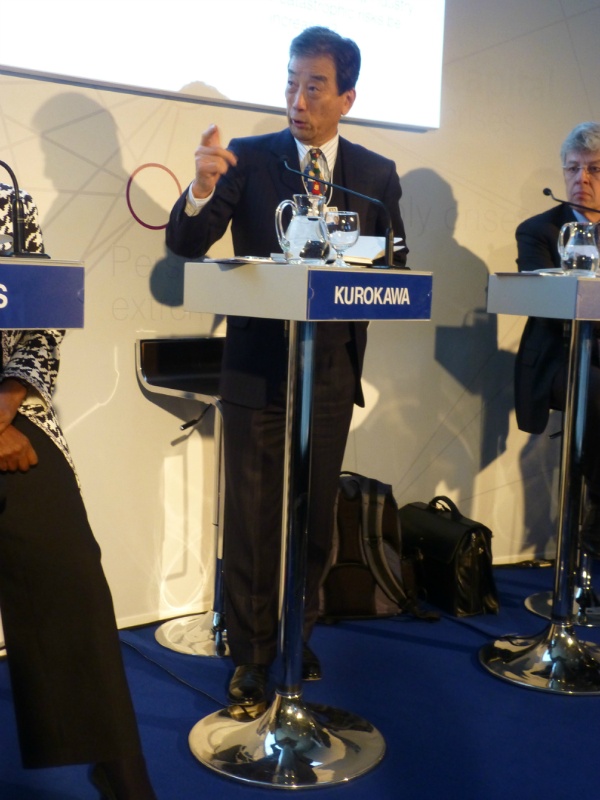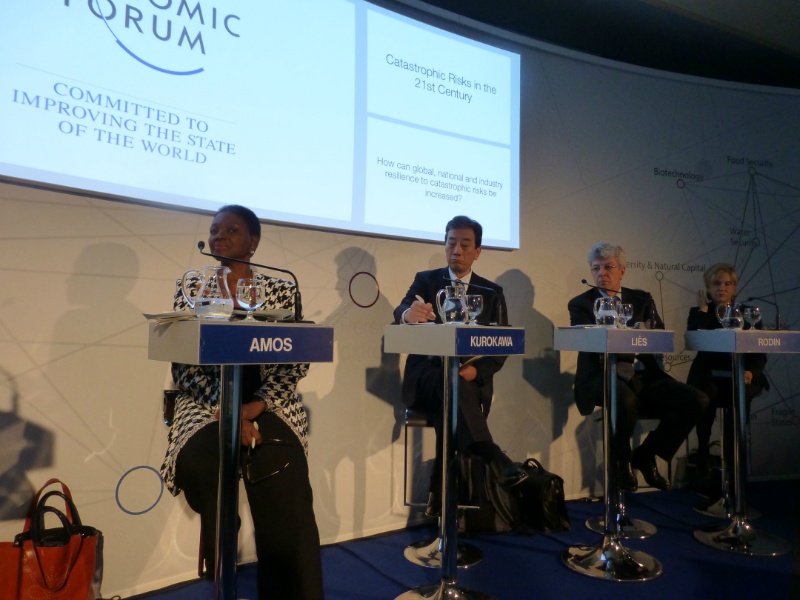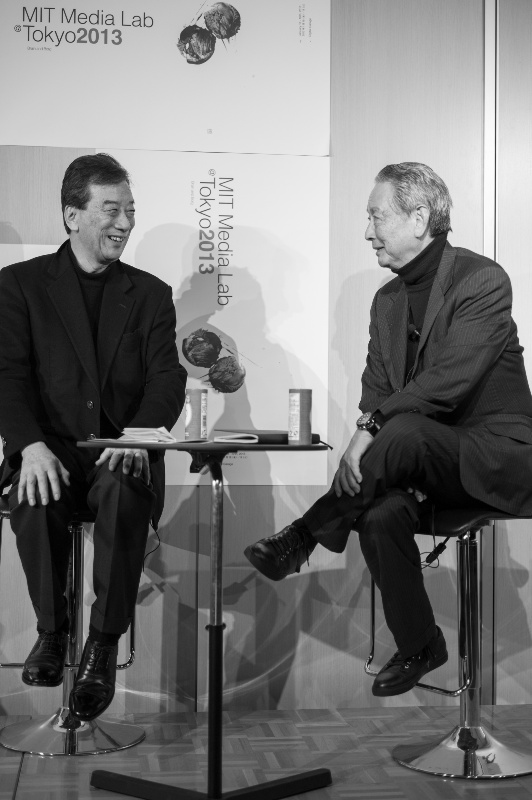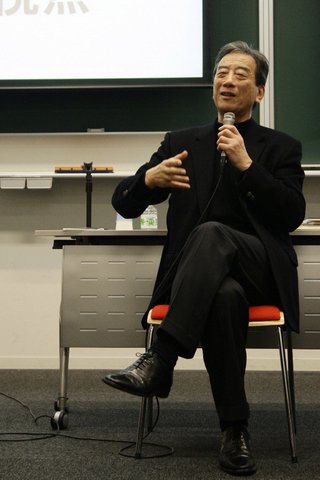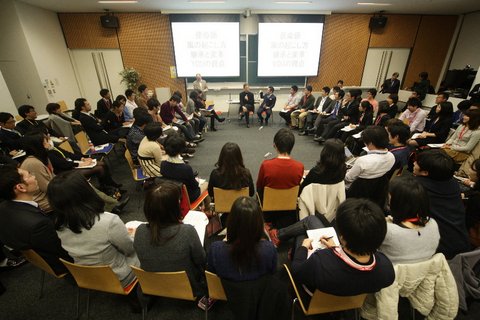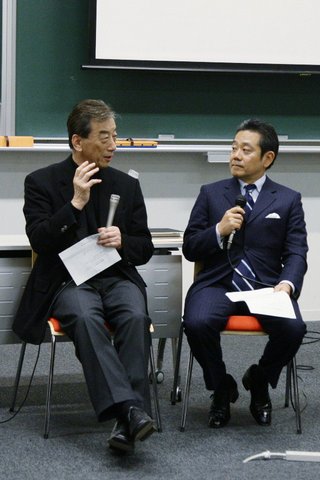→Japanese
On the morning of January 14, it started snowing.
I had lunch with one of the leaders of the Japanese American community, Mr. Norman Mineta, who was visiting Japan. Mr. Mineta has served as the mayor of San Jose, Congressman, and Secretary of Transportation under both the Bush and Clinton Administrations. We also met last October at Capitol Hill in Washington DC. We discussed many topics, beginning with the recent loss of Senator Daniel Inouye.
I had the chance to dine with the late Senator Inouye and his wife, Irene Hirano, when I visited Washington DC last May, for the National Diet of Japan Fukushima Nuclear Accident Independent Investigation Commission (NAIIC). We lost a very important individual for Japan-US relations.
After having lunch with Mr. Mineta, I was on my way to meet the young people of AGOS (in Japanese), the program that supports studying abroad that I introduced the other day. However, there was a terrible snowstorm and since it was difficult getting a taxi, I arrived thirty minutes late. As a result of the snow, there must have been many people who could not make it.
Mr. Taichi Yamauchi (in Japanese), who is well known for his reports on examining efforts/changes by many universities of Japan and abroad, also came to the session.
Taking the perspective that you can understand yourself better by going out into the world, we had a dialogue style session (in Japanese) on many topics, including “recommendation of taking a leave of absence from school,” “recommendation of studying abroad,” “a global world,” and “widening networks.” Mr. Yokoyama of AGOS was the moderator and everyone seemed to be pleased with the discussion.
I wish from the bottom of my heart that young people will experience and gain a feeling for the world, find themselves, cultivate the sensitivity to see themselves through the eyes of “you,” and with the unique strength of being Japanese, that each individual will find his or her own career.
The global world is wide open and presents an enormous opportunity for finding your unique self.

